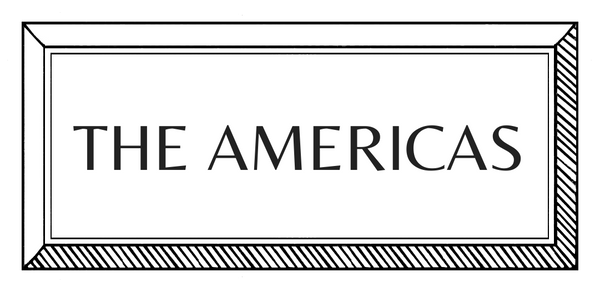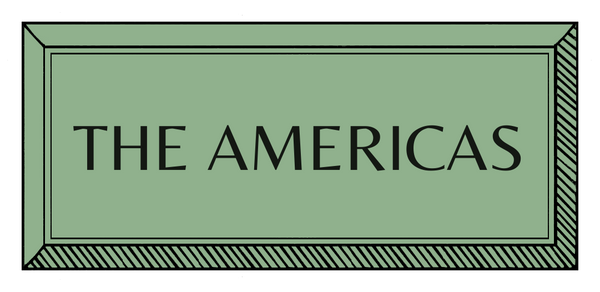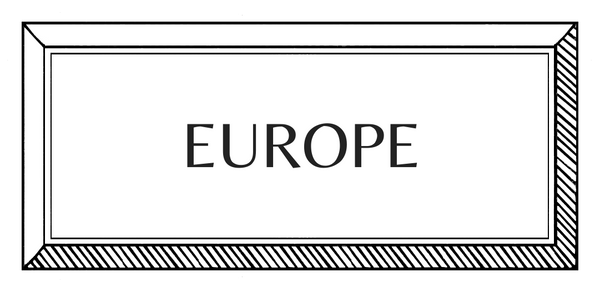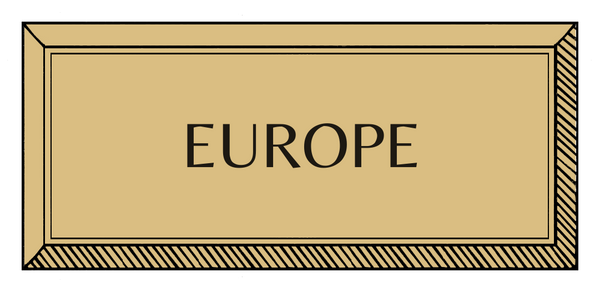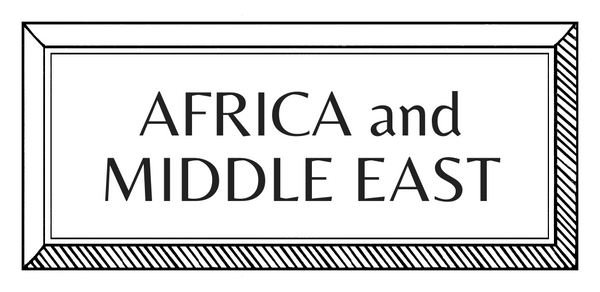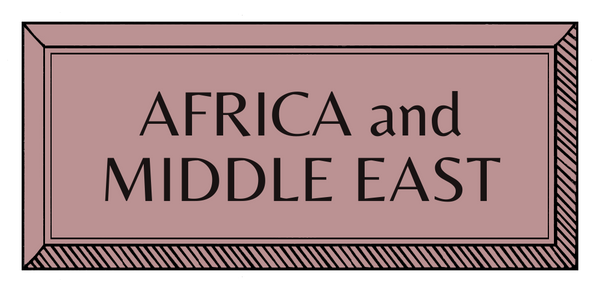MAKERS | EUROPE | UK | CERAMICS
Boris Aldridge | Ceramicist

British ceramicist Boris Aldridge left a successful music career in London to move to Suffolk and make tiles with his father. After an inspiring visit to the Alhambra in Spain, Boris was struck by the beauty and complexities of Islamic patterned tiles, which set him on a totally new career path.
How did you begin?
Although I’ve always been creative, I didn’t start out as an artist. Initially, I found my path in music. For years, I worked at a studio in London; I was signed to a label with a rap group, and all was good, but eventually, we were dropped. My relationship was ending, so I needed a change of scene. I moved to Suffolk to recollect myself and started working with my father, who has a company making tiles.
I spent eight or nine years learning how to make tiles before a visit to the Alhambra changed everything. I was so inspired by the Moorish Zellige tiles; I realized tiles could be more than functional—they could be works of art in their own right.
How did you learn?
I don’t have any formal training, but after learning on the job how to make functional tiles, I spent the next few years perfecting decorative techniques and glazes. I took a course on the Art of the Islamic Pattern and learned how to construct fantastically complex geometric patterns using simple tools. I started creating my own patterns and then discovered 13th-century Persian lusterware.
I wanted to make something in that style by developing my own methods. After that, followed years of practicing and experimenting. You have to develop multiple skills to make decorative tiles—you have to be an artist, designer, geometrist, and ceramicist.

How do you plan, prepare, and create your works?
Sometimes, I make single tiles, sometimes triptychs, and increasingly, I’m starting to make more 3D works too. I tend to be very process-driven and don’t think too much about what I’m going to make. For me, the beauty of clay is watching the material transform from an amorphous blob into something very different and colorful.
When I’m making tiles, I carve a plaster block to make a mold. Then, the clay is rolled over the plaster with a rolling pin, which imprints the design, and I cut the clay to the pattern of the tile I want. Then, I glaze it, usually in blue, green, or white, before adding gold details. There are three glazes in total.
Who or what most inspires you?
I think my biggest inspiration is just having a strong desire to create and wanting to explore that. It’s about finding the time and space in your life to develop your craft and passion—to have constant inquisitiveness about the world. When it comes to the motifs on my works, I tend to be drawn to animals and mythical creatures. I also like the medieval style of drawing, that flat way of painting and representation. The words I use on my tiles are lyrics from songs I’ve written, so music is still a big source of inspiration.
What does a typical day look like?
The decorative work is my daily life now. It’s quite laborious; each tile will take two or three days to make, so it’s slow work. It’s pretty technical, so I sit down in my studio with a podcast on in the background. I work from about 8am-4pm, then go home and have dinner with my wife and kids; I have three boys, none of whom show any interest in art or ceramics yet!
If I’m not in the studio, I might visit my gallery, Amir Mohtashemi. They reached out to me about five years ago, and I’ve been with them ever sin- ce. They’re great at getting my work out there. I now have pieces in museums, which I’d never have imagined when I started.

Interview by Camilla Frances
Images by Miguel Flores-Vianna


















